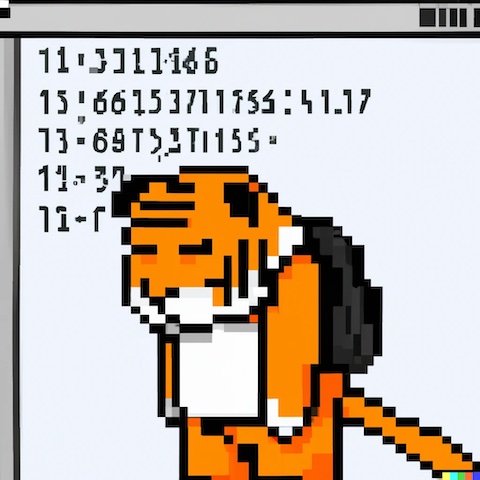No solutions found

Try this:
- Check out our <a href="/en/terms-and-topics/formatting-guide/">formatting guide</a>
- Check out our formatting guide
- Check your input for typos
- Contact us
- Let us know how we can solve this better
We are constantly updating the types of the problems Tiger can solve, so the solutions you are looking for could be coming soon!
Step by Step Solution
Reformatting the input :
Changes made to your input should not affect the solution:
(1): "3.09" was replaced by "(309/100)". 3 more similar replacement(s)
Rearrange:
Rearrange the equation by subtracting what is to the right of the greater than sign from both sides of the inequality :
(456/100)-(((262/100)+(309/100)))<0
Step 1 :
309
Simplify ———
100
Equation at the end of step 1 :
456 262 309
——— - (——— + ———) < 0
100 100 100
Step 2 :
131
Simplify ———
50
Equation at the end of step 2 :
456 131 309
——— - (——— + ———) < 0
100 50 100
Step 3 :
Calculating the Least Common Multiple :
3.1 Find the Least Common Multiple
The left denominator is : 50
The right denominator is : 100
| Prime Factor | Left Denominator | Right Denominator | L.C.M = Max {Left,Right} |
|---|---|---|---|
| 2 | 1 | 2 | 2 |
| 5 | 2 | 2 | 2 |
| Product of all Prime Factors | 50 | 100 | 100 |
Least Common Multiple:
100
Calculating Multipliers :
3.2 Calculate multipliers for the two fractions
Denote the Least Common Multiple by L.C.M
Denote the Left Multiplier by Left_M
Denote the Right Multiplier by Right_M
Denote the Left Deniminator by L_Deno
Denote the Right Multiplier by R_Deno
Left_M = L.C.M / L_Deno = 2
Right_M = L.C.M / R_Deno = 1
Making Equivalent Fractions :
3.3 Rewrite the two fractions into equivalent fractions
Two fractions are called equivalent if they have the same numeric value.
For example : 1/2 and 2/4 are equivalent, y/(y+1)2 and (y2+y)/(y+1)3 are equivalent as well.
To calculate equivalent fraction , multiply the Numerator of each fraction, by its respective Multiplier.
L. Mult. • L. Num. 131 • 2 —————————————————— = ——————— L.C.M 100 R. Mult. • R. Num. 309 —————————————————— = ——— L.C.M 100
Adding fractions that have a common denominator :
3.4 Adding up the two equivalent fractions
Add the two equivalent fractions which now have a common denominator
Combine the numerators together, put the sum or difference over the common denominator then reduce to lowest terms if possible:
131 • 2 + 309 571
————————————— = ———
100 100
Equation at the end of step 3 :
456 571
——— - ——— < 0
100 100
Step 4 :
114
Simplify ———
25
Equation at the end of step 4 :
114 571
——— - ——— < 0
25 100
Step 5 :
Calculating the Least Common Multiple :
5.1 Find the Least Common Multiple
The left denominator is : 25
The right denominator is : 100
| Prime Factor | Left Denominator | Right Denominator | L.C.M = Max {Left,Right} |
|---|---|---|---|
| 5 | 2 | 2 | 2 |
| 2 | 0 | 2 | 2 |
| Product of all Prime Factors | 25 | 100 | 100 |
Least Common Multiple:
100
Calculating Multipliers :
5.2 Calculate multipliers for the two fractions
Denote the Least Common Multiple by L.C.M
Denote the Left Multiplier by Left_M
Denote the Right Multiplier by Right_M
Denote the Left Deniminator by L_Deno
Denote the Right Multiplier by R_Deno
Left_M = L.C.M / L_Deno = 4
Right_M = L.C.M / R_Deno = 1
Making Equivalent Fractions :
5.3 Rewrite the two fractions into equivalent fractions
L. Mult. • L. Num. 114 • 4 —————————————————— = ——————— L.C.M 100 R. Mult. • R. Num. 571 —————————————————— = ——— L.C.M 100
Adding fractions that have a common denominator :
5.4 Adding up the two equivalent fractions
114 • 4 - (571) -23
——————————————— = ———
100 20
Equation at the end of step 5 :
-23
——— < 0
20
Step 6 :
Inequality is always true
How did we do?
Please leave us feedback.